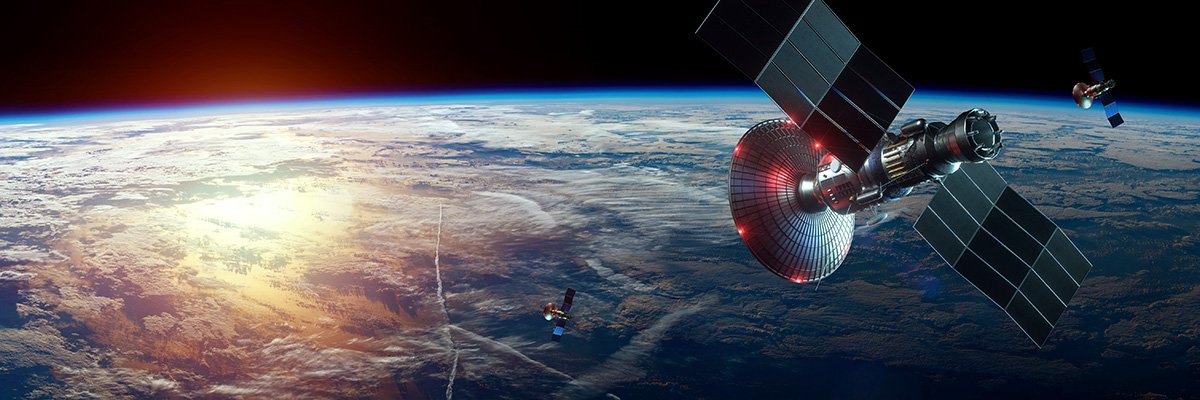Notably driven by defence agencies in the wake of the and robust Asian demand for hardware and data services, around 26,104 smallsat – defined as satellites weighing less than 500 kg – will be launched between 2023-2032, representing a daily launch mass of 1.5 tons over the 10-year period, according to space sector and satellite -enabled vertical specialist analyst Euroconsult.
The prospects for the small satellite market report, now in its 9th edition, calculates that the smallsat industry will accumulate around $110.5bn in market value over the next decade, driven by the replenishment cycles of constellations around the world but also by more complex and costly single satellite missions for government users.
Euroconsult notes that two constellations alone – Starlink (SpaceX) and GuoWang (China SatNet) – will collectively account for nearly two-thirds of smallsats to be launched throughout the next decade and over four-fifths of smallsat launch mass. This significant prominence is largely a consequence of the Federal Communications Commission’s (FCC) partial approval of Starlink Gen 2 filings, alongside SpaceX’s launch of 1G satellites on 2G orbital planes and the substantial expansion of GuoWang activities in China.
However, the analyst stresses that the two mega-constellations will only represent less than a quarter of market value due to the considerable cost efficiencies of mega-constellations, leaving significant opportunities for other market participants. Moreover, it cautions that the high-volume market keeps presenting several challenges, including limited market addressability for suppliers, difficult profitability, oversupply, and dominance of commercial activities by a handful of established players.
“New constellations are expected to face scope reductions and consolidation, as inflation will keep impacting their materialisation probability, alongside supply chain issues and growing costs or limited availability of semiconductors and raw materials,” said the report’s lead author Alexandre Najjar.
“Nonetheless, smallsats still represent a significant capability-building opportunity for new entrants in the space sector, with the conflict in Ukraine spotlighting the merits and value of commercial satcom and Earth observation smallsat constellations.
Just as Euroconsult was releasing its data, scientists and engineers at the UK’s National Physical Laboratory (NPL) announced that they were working with colleagues at the country’s Science and Technology Facilities Council’s (STFC) RAL Space to deliver a small satellite calibration facility.
The new facility is being designed, manufactured and tested at NPL’s Teddington site in south-west London and will be located at Harwell Campus. It will draw on expertise from NPL’s STAR-cc-OGSE facility, which is said to have been set up provides innovative solutions for calibrating scientific instruments on satellites before their launch into space.
The new facility is intended for use by makers of spacecraft with a mass less than 180kg and about the size of a large kitchen fridge to perform at short notice essential pre-flight calibration tasks for satellites. This is designed to ensure the end-to-end performance of a satellite instrument is understood before it is launched.
The new facility also forms part of the UK government’s Department for Science, Innovation and Technology’s £200m Earth Observation Investment Package that was launched in 2022 to drive innovation in the UK Earth observation (EO) sector.
